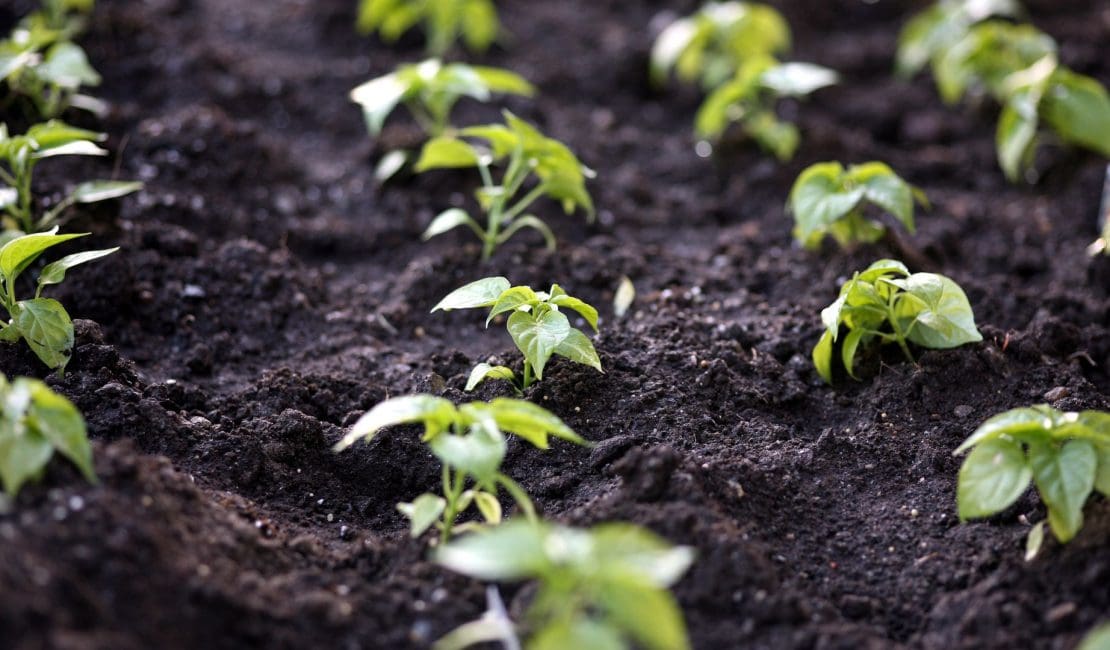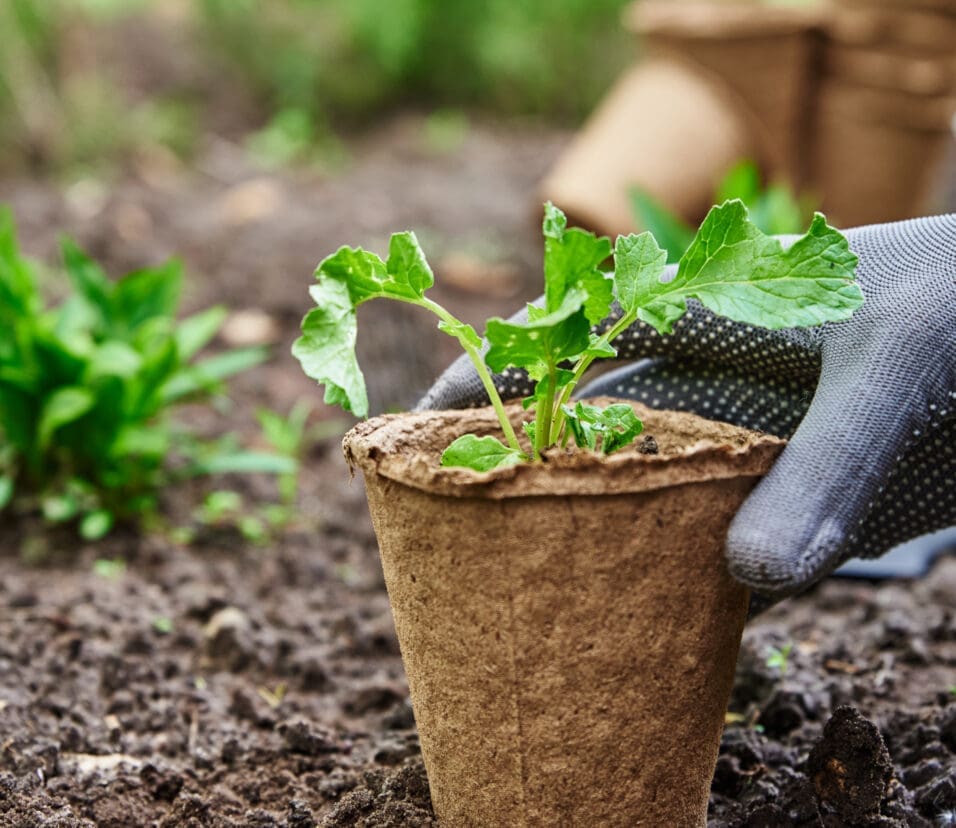How can crop rotation be defined? Crop rotation is an agricultural technique that farmers have used for centuries in order to maintain the productivity of their land. It involves growing different crops in succession on the same piece of land, in a set order. For example, a farmer may plant sweet potatoes one year, followed by yams the next, and then corn the year after that.
The specific crop rotation pattern will depend on the type of crops being grown and the climate conditions of the region. It is an important part of sustainable agriculture and helps to ensure that farmers will continue to produce food for generations to come.
Let’s take a look at 6 reasons why crop rotation can be beneficial:

- Improves Soil Health
Farmers have long used crop rotation to improve soil health. When the same crop is grown in the same field year after year, the soil becomes depleted of nutrients that are necessary for plant growth. By rotating crops, farmers help to replenish the nutrients in the soil and improve its overall health. This helps to maintain soil fertility and prevents the need for synthetic fertilisers, which can be harmful to the environment.
Crop rotation also aids in the prevention of soil erosion and increases water retention. This helps to break the life cycle of many weeds, as they are unable to survive when their preferred host is not present. In regions like the Caribbean where rainfall is often scarce, these techniques are surely essential.
- Helps Control Weeds
Weeds compete with crops for water, sunlight, and space. They can also harbour diseases that infect crops. By rotation, farmers can reduce the number of weeds that grow in their fields. This is because certain crops suppress weed growth better than others. For example, planting legumes such as beans or peas before corn, can assist in keeping the weeds under control.
- Helps Control Pests
Rotating between crops that are susceptible to different pests and diseases helps in the reduction of the overall population of these organisms, by making it difficult for them to establish themselves in a field.
Certain pests are known specifically for attacking certain types of plants. By rotation, farmers can confuse these pests and prevent them from decimating their crops. Additionally, some crops attract beneficial insects that help to control the pests naturally. Planting these “trap” crops will suffice as a way to further help farmers to reduce their reliance on pesticides.
Crop rotation is often used in conjunction with other pest management strategies as well, such as tillage, row covers, and polyculture. When implemented together, these strategies help to create an integrated pest management system which is highly effective at preventing crop damage from pests and diseases. Diseases can be brought to a minimum by breaking the life cycle of disease-causing pathogens.
- Tillage – By ploughing and tilling the soil, farmers help to kill any eggs or larvae that may be present in the ground. Tillage exposes the soil to sunlight and air, which helps to prevent disease-causing organisms from taking hold.
- Row Covers – By covering the plants with a light-weight fabric, a physical barrier is created to stop or limit pests from penetrating. This helps to keep out both insects and larger animals, such as monkeys. Row covers also provide some protection from extreme weather conditions, such as wind damage.
- Polyculture – Unlike monoculture, which focuses on growing a single crop, polyculture takes advantage of the benefits of multiple crops. This includes increased pest control, since pests are less likely to build up resistance to multiple different crops.
- Increases Yields
Crop rotation is known for having a significant impact on crop yields. By rotating between contrasting crops, farmers avoid leaving their fields fallow by maximising their land’s potential. There are many different ways to rotate crops, but one common method is to plant nitrogen-fixing crops like legumes one year, followed by another type the next year. This type of rotation can help to improve yields by increasing soil fertility and reducing the need for synthetic fertilisers. As a result, this time-tested practice serves as an important tool, leading to healthier plants and higher yields.
- Improves Physical Health
Crop rotation plays an essential part of ensuring food security by increasing the diversity of fruits and vegetables that are available. A diet that includes a variety of fruits and vegetables has been linked to reduced risk of chronic diseases such as heart disease, stroke, and cancer. It can also promote a healthier gut microbiome by increasing the diversity of beneficial bacteria.
Furthermore, crop rotation helps to improve the nutritional content of crops by increasing the levels of vitamins, minerals and antioxidants. As more research is conducted on the health benefits of crop rotation, it is becoming clear that this ancient agricultural practice offers numerous benefits for both human health and the environment.
For all these reasons, crop rotation is an important part of sustainable agriculture and a key to maintaining good health.
- Helps the Economy
Poverty and Hunger
Crop rotation is beneficial for reducing poverty and hunger. This is because it helps to improve yields, as well as the quality and taste of crops. When farmers are able to grow more food, the opportunity arises to sell it at a higher price, giving them more income. This extra income can be used to satisfy school fees, health care, and other basic needs.
Job Creation
When farmers rotate their crops, they often need to hire people to help them with planting and harvesting. In addition, businesses that process and sell agricultural products also need workers. So, by creating jobs, crop rotation can help to reduce unemployment levels in Caribbean countries.
Economic Growth
When farmers are able to sell their crops at a higher price, they have more money to reinvest into their business. This money can be used to buy new equipment or expand their operations. This helps to increase production and creates wealth, leading to economic growth.
As you can see, there are many good reasons to consider crop rotation for your business. If you’ve never done it before, why not give it a try? You may be surprised at how much it can benefit you – both financially and otherwise!







